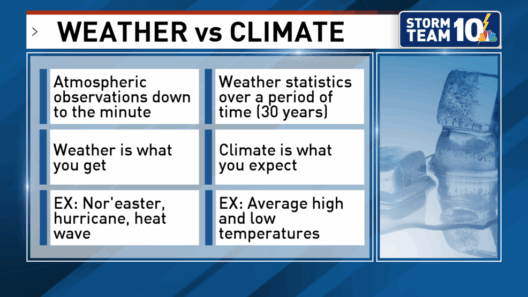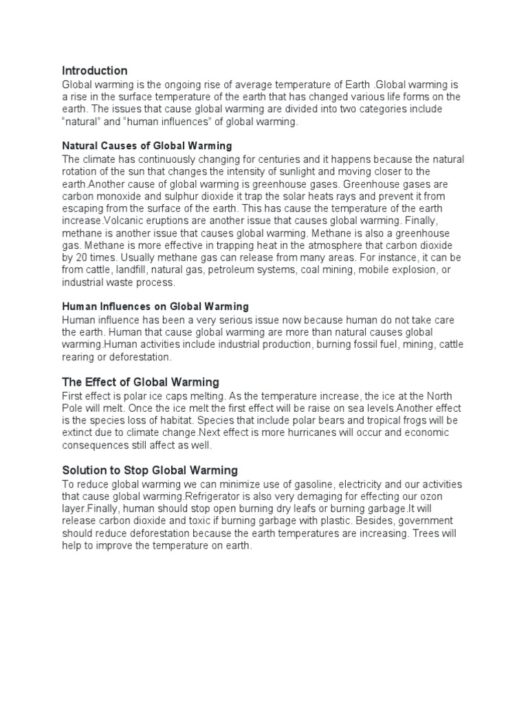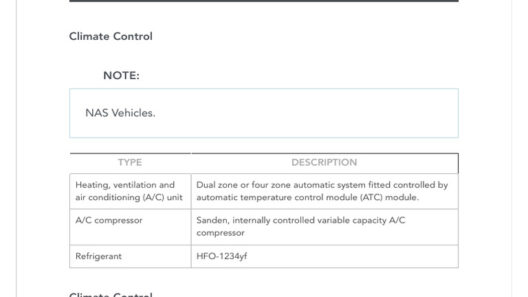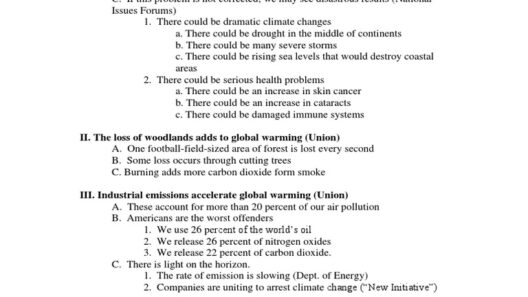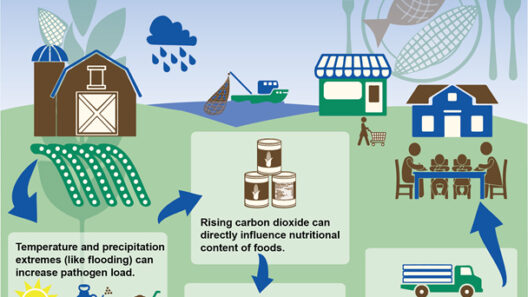Climate change poses a multitude of significant risks to the Caribbean, impacting its ecology, economy, and the livelihood of its inhabitants. The region, characterized by its vibrant cultures, unique biodiversity, and reliance on tourism, agriculture, and fishing, finds itself at a critical juncture. Understanding these risks is essential for stakeholders at all levels, from governmental officials to local communities.
Whether considering rising sea levels, increasing temperatures, or more extreme weather events, the Caribbean must prepare for a complex and uncertain future.
### Rising Sea Levels: A Tidal Threat
One of the most pressing risks associated with climate change in the Caribbean is the rising sea levels. The Intergovernmental Panel on Climate Change (IPCC) predicts that sea levels could rise by more than a meter by the end of the century if current trends continue. Given that many Caribbean nations are composed of low-lying islands, this phenomenon poses a catastrophic threat.
Coastal erosion and saltwater intrusion are immediate consequences that threaten freshwater aquifers vital for agriculture and drinking water. This intrusion compromises the delicate equilibrium of local ecosystems and can lead to a decrease in agricultural productivity, thereby intensifying food insecurity in a region that already faces economic challenges.
Moreover, inundated coastal infrastructures, such as roads, schools, and health facilities, exacerbate vulnerabilities, particularly in small island developing states (SIDS). These nations may find their progress toward sustainable development hindered by unanticipated expenditures and loss of land.
### Extreme Weather Events: The New Normal
The Caribbean is experiencing an increase in the frequency and intensity of hurricanes and tropical storms due to climate change. Warmer ocean temperatures serve as fuel for these storms, leading to more destructive patterns. Events like Hurricane Maria and Hurricane Irma not only caused immediate devastation but also left long-lasting scars on the economic, environmental, and social fabric of the islands.
In terms of agriculture, extreme weather events can decimate crops, destabilize food supply chains, and lead to heightened food prices. With many Caribbean countries heavily reliant on agricultural exports, such volatility can threaten economic stability and sustainability.
Additionally, the aftermath of such disasters entails recovery processes that require considerable resources. Governments often find themselves diverting funds from essential services such as healthcare and education to deal with the immediate impacts of natural disasters.
### Coral Reefs: The Ocean’s Fragile Ecosystems
Coral reefs in the Caribbean are among the most biodiverse ecosystems, providing habitat for countless marine species and supporting local fisheries and tourism. However, climate change, specifically oceanic warming and acidification, threatens these essential marine habitats.
Coral bleaching is a direct result of elevated sea temperatures. When reefs become stressed, they expel the symbiotic algae that provide them with food and vibrant colors, turning them white and leaving them vulnerable to disease. This degradation impacts not only the ecological balance of marine life but also the tourist economy that relies on vibrant marine ecosystems for diving and snorkeling activities.
The loss of coral reefs destabilizes fisheries and affects the livelihoods of communities dependent on these resources. Restoration efforts are essential but are often costly and labor-intensive. Protecting and rehabilitating coral reefs is imperative to maintaining biodiversity and safeguarding local economies.
### Socioeconomic Impacts: A Ripple Effect
Climate change in the Caribbean is not merely an environmental issue; it encapsulates far-reaching socioeconomic ramifications. Tourism, a key economic driver for many Caribbean nations, faces profound risks from environmental changes. As natural landscapes and coastal areas deteriorate, tourists may seek other destinations, leading to possible declines in revenue. The economic sustainability of numerous regions directly hinges upon a stable climate.
Furthermore, as food security diminishes due to agricultural challenges, local populations will likely face increased food prices and malnutrition. With an economic fabric already stretched thin in many countries, addressing these concerns becomes vital.
The disparity in vulnerability among various socio-economic groups often exacerbates inequalities. Marginalized communities, typically with fewer resources to adapt, may find themselves disproportionately affected. The social fabric of communities can unravel, leading to internal migration or even regional conflicts over dwindling resources.
### Moving Forward: Sustainable Solutions in the Face of Change
Adapting to the multifaceted risks posed by climate change requires a robust framework for sustainable solutions. Governments and local organizations must collaborate to implement adaptive strategies aimed at mitigating risks and enhancing the resilience of communities. Key areas of focus should include investing in renewable energy sources, promoting sustainable agricultural practices, and fostering community engagement in climate action.
Moreover, regional cooperation is paramount. The Caribbean region, through collective efforts, can mitigate risks effectively and promote a sustainable development agenda that benefits all countries involved. This could entail developing shared resources, creating early warning systems for extreme weather events, and integrating climate education into school curriculums.
Ultimately, recognizing the severity of climate change risks and mobilizing towards comprehensive solutions will empower the Caribbean to not only confront these challenges but also thrive in an age of uncertainty. By adopting a proactive rather than reactive stance, the region can navigate the turbulent waters ahead and emerge stronger.




